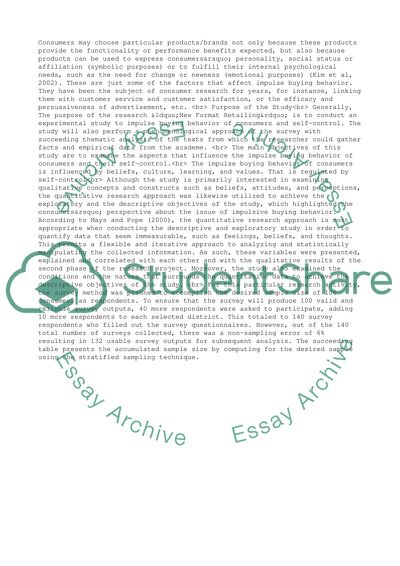Cite this document
(New Format Retailing Assignment Example | Topics and Well Written Essays - 3750 words, n.d.)
New Format Retailing Assignment Example | Topics and Well Written Essays - 3750 words. Retrieved from https://studentshare.org/business/1506991-impulse-buying-behaviour-and-self-regulation
New Format Retailing Assignment Example | Topics and Well Written Essays - 3750 words. Retrieved from https://studentshare.org/business/1506991-impulse-buying-behaviour-and-self-regulation
(New Format Retailing Assignment Example | Topics and Well Written Essays - 3750 Words)
New Format Retailing Assignment Example | Topics and Well Written Essays - 3750 Words. https://studentshare.org/business/1506991-impulse-buying-behaviour-and-self-regulation.
New Format Retailing Assignment Example | Topics and Well Written Essays - 3750 Words. https://studentshare.org/business/1506991-impulse-buying-behaviour-and-self-regulation.
“New Format Retailing Assignment Example | Topics and Well Written Essays - 3750 Words”, n.d. https://studentshare.org/business/1506991-impulse-buying-behaviour-and-self-regulation.


